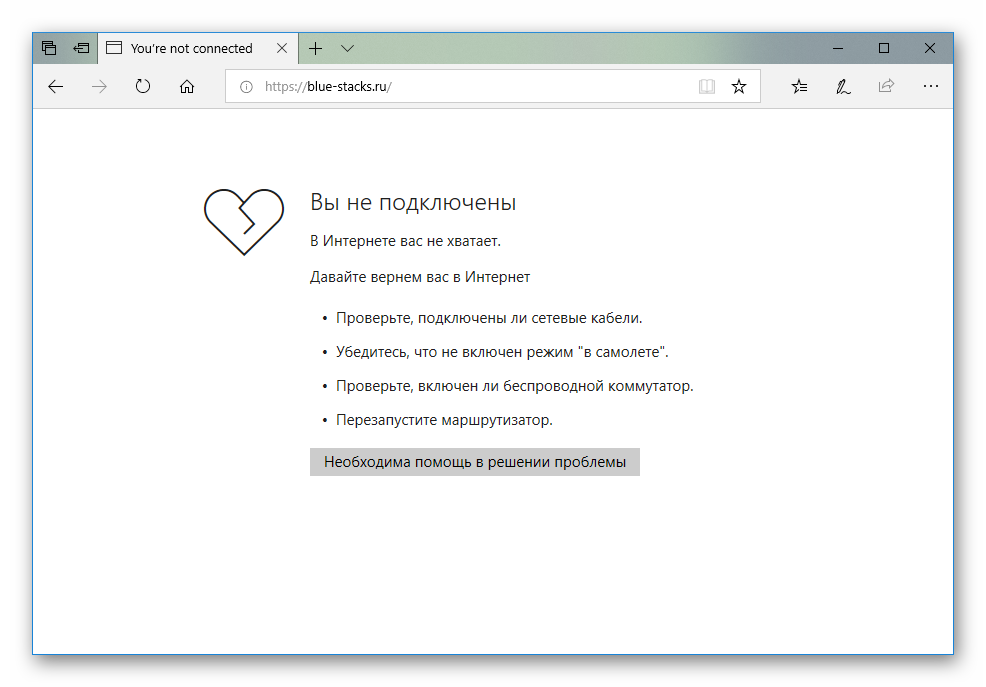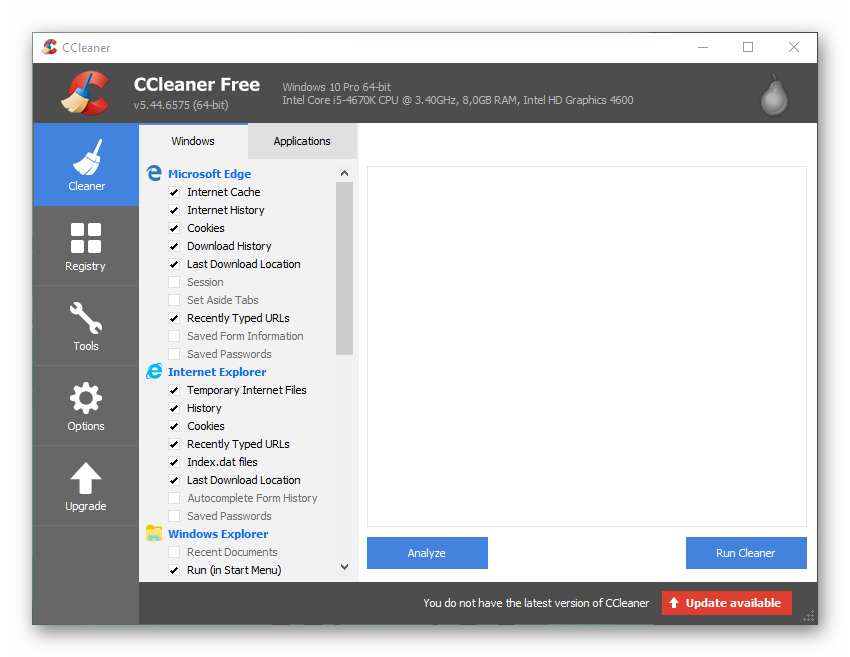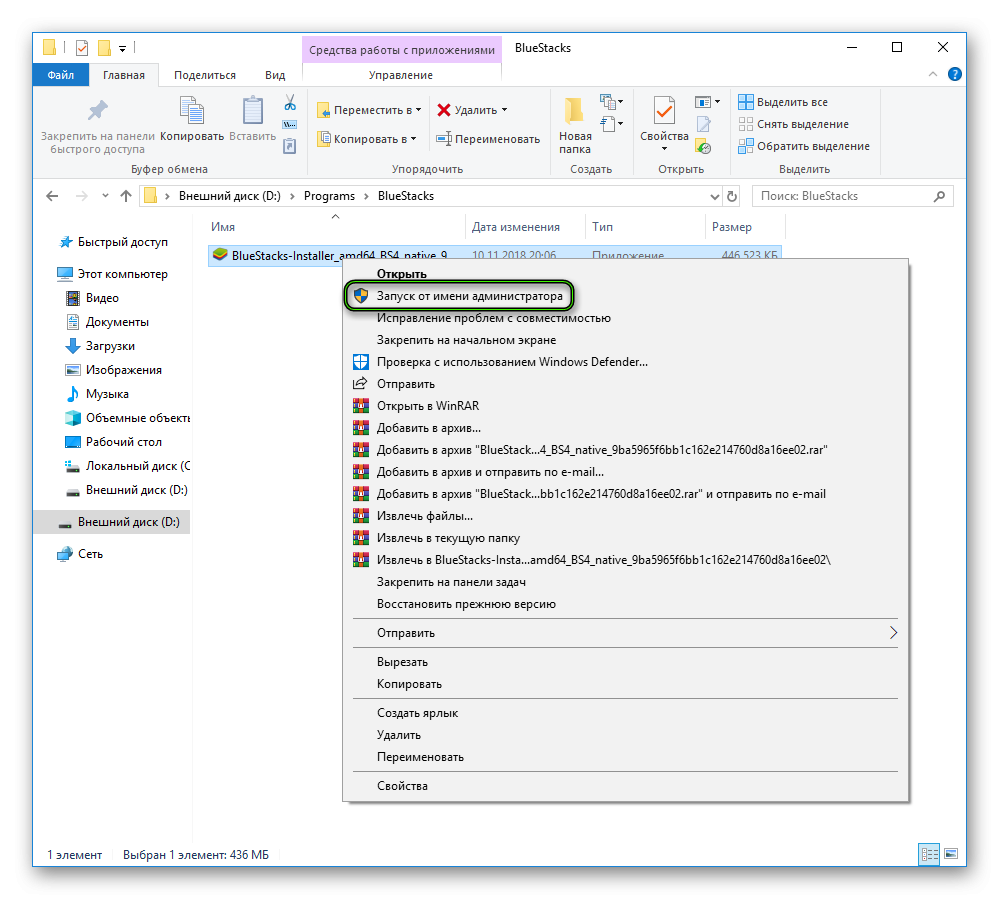Each software has a number of features that are taken into account when it is ported to other platforms. In this regard, problems often arise that are not always dependent on the creators. Today we’ll talk about why BlueStacks won’t install, and in the process of narrating, we will show several examples of solving the problem.
Reasons
There are several factors that can cause a distribution to fail to unpack on the current platform. Among others:
- Presence of system or residual files from previous versions of the program.
- No internet connection.

- There is not enough free space on the SSD.
- Inconsistency of the amount of fast RAM with the declared requirements.
- Poor-quality distribution downloaded from third-party resources.
Problem solving
There are several methods on the Web and on the official website of the project that solve the error when installing the BlueStacks emulator:
- Using special utilities to clean up internal storage and the system registry. For example, CCleaner.

- Temporarily disabling the antivirus, subsequently adding the program to the exclusion list.
- Checking if your broadband Internet connection is working.
- Elevate desktop platform profile rights, run setup file as administrator.

Summing up
There are many reasons why BlueStacks is not installed. The first step to solve the problem is to identify its location, after which the turn of the “carpet bombardment” comes.







